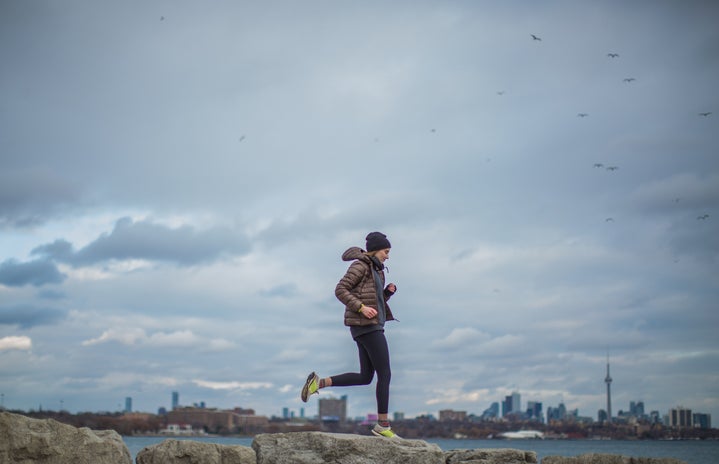When I was in elementary school, I didn’t care what I looked like. As I grew up, I started to care more and more about my appearance. When I looked in a mirror, I saw my flaws reflected back to me. Most young women have had a similar experience, which is not surprising given society’s hyper-fixation on appearance. Recently, there have been movements to change the way we see and feel about our bodies. Body positivity tells us to disregard everything we have internalized about beauty standards and love your body, but it is hard to stay positive about our bodies at all times, especially when we see the carefully blended illusions the media presents to us.
It can seem unrealistic to think that you love every part of your body suddenly. Some days, I feel good about how I look, other times, I don’t. With COVID-19 affecting our mental health, it’s easier to see our flaws. It is a long journey to get into the habit of practicing body positivity.
Body neutrality takes a different approach, reframing the focus from the appearance of the body to accepting the body you are in. Body neutrality is a middle-ground area between the extremes of loving and hating everything about your body. It involves a shift in focus from fixation on what your body looks like to appreciating what your body can do. For example, when exercising, appreciate how fast you can run or how much weight you can lift, rather than stressing about how your workout will change your body. That way, you’ll feel less pressure to fix what is missing and more joy in discovering the ways you can use it.
It can be hard to love the way you look after centuries of hatred towards the diversity our bodies have. However, it is possible. Embracing your body is the first step in growing to love your body.



